
Selling Rabbits | Digital Traditions
Audio
John Price, a 4th generation miller talks fondly about selling rabbits as a kid.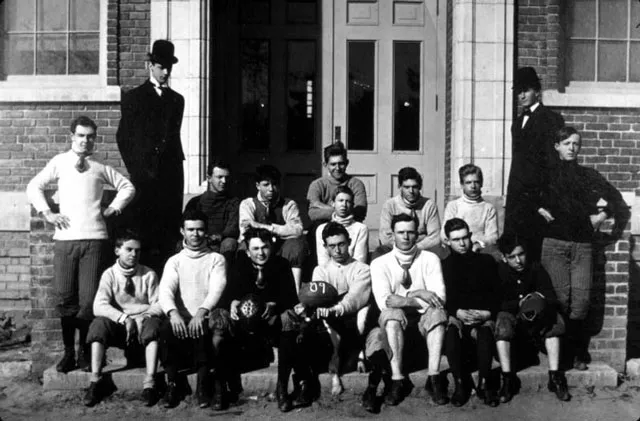

Audio
John Price, a 4th generation miller talks fondly about selling rabbits as a kid.
Audio
Dr. Rodger Stroup, retired Director of the South Carolina Department of Archives and History, is taking a deep dive into the history of the South Carolina State Fair, doing research for an upcoming...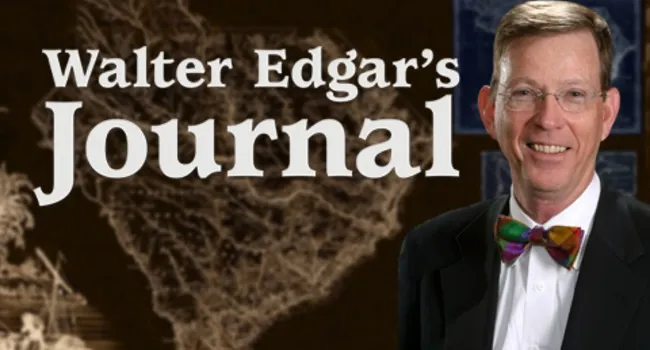
Audio
The fairs of yester-year were far different from the fairs we know today. Dr. Stroup discusses what fairs were like before The Civil War. In this time period, fairs were held locally, and each county...
Audio
Today, a private board of trustees runs the SC State Fair. Walter Edgar recalls his younger years, and remembers the “girly shows” at the SC State Fair, which discontinued around 1975. The last of the...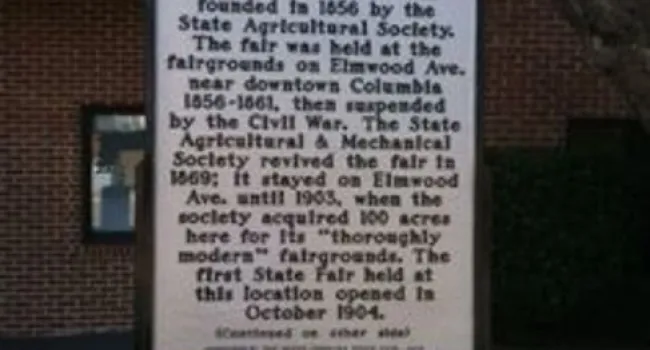
Audio
In this segment, Dr. Stroup discusses the development of the “modern” State Fair, starting in 1869. Starting in 1869, we see the growth of fairs showcasing both agricultural and industrial aspects...
Audio
Walter Edgar introduces our speaker, Dr. Rodger Stroup, retired Director of the South Carolina Department of Archives and History.
Audio
In the early 20th century, the Carolina Ball was still a prominent event during the State Fair. There was a State Fair every year since 1869, except for 1918, because of the Influenza Epidemic...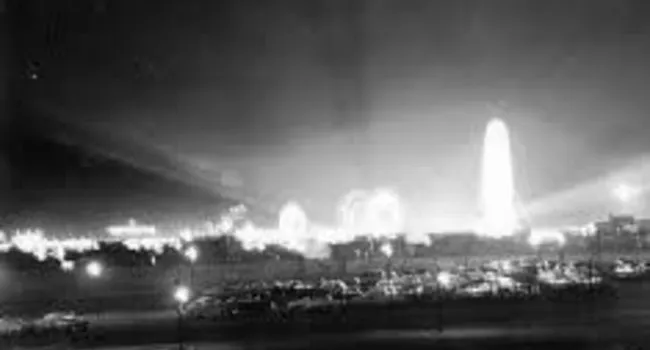
Audio
With the integration of Jim Crow laws in the 1890’s, there was the integration of the “Colored State Fair.” Dr. Stroup discusses the history of the “Colored State Fairs”, and how different factions...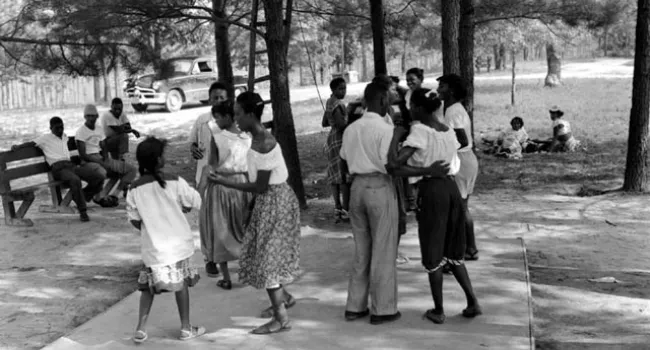
Photo
Teenagers dance to juke box music outdoors on a poured concrete floor at Campbell's Pond, the "Negro Area" of Cheraw State Park, on August 2, 1951. Courtesy of the South Carolina Department of Parks...
Photo
Four young African-American men in uniform sing into the microphone of WNOK radio, Columbia, during the era of World War II. Courtesy of the South Caroliniana Library.